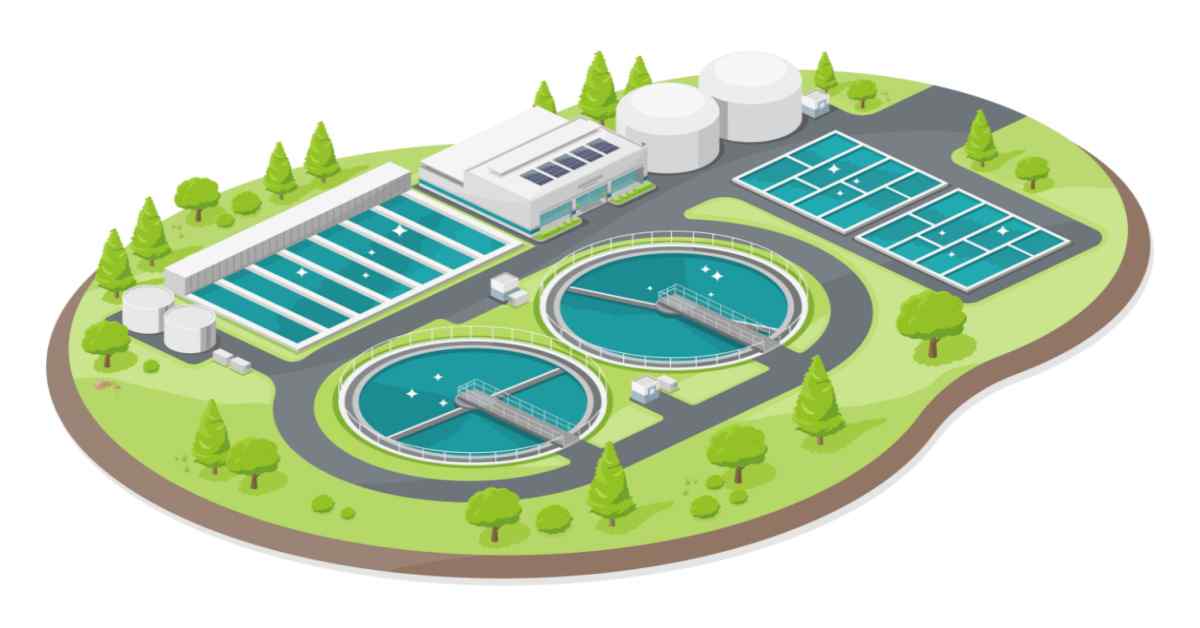Comprehending Wastewater Treatment Processes and Their Environmental Influence
The ins and outs of wastewater therapy processes play a crucial role in mitigating ecological obstacles connected with water air pollution. Each stage, from initial to advanced treatments, is made to deal with certain contaminants, eventually securing both public health and marine communities. Despite technological developments in therapy performance, substantial obstacles linger, consisting of the management of residual pollutants and the implications of nutrient runoff. As we explore the complexities of these processes, it becomes vital to wonder about just how much existing techniques can evolve to meet the growing demands of sustainability and ecological conservation.
Review of Wastewater Therapy
Exactly how is wastewater transformed right into a secure resource for the environment? Wastewater therapy is a critical procedure developed to remove impurities from utilized water, consequently protecting public health and shielding environments. This process starts with the collection of wastewater from property, industrial, and business resources, which is then routed to treatment centers.
At these centers, various physical, chemical, and organic methods are used to treat the wastewater. First screening removes big debris, adhered to by sedimentation to separate larger solids. Subsequently, organic treatments, such as turned on sludge processes, make use of bacteria to damage down organic issue. These methods not just reduce toxin levels yet also promote the recovery of beneficial nutrients.
The dealt with effluent can be securely discharged right into all-natural water bodies or reused for watering and commercial purposes, promoting source preservation. Furthermore, the therapy procedure produces biosolids, which can be repurposed as fertilizers or dirt modifications, further enhancing sustainability.
Phases of Treatment Procedures
The wastewater therapy process generally is composed of 3 primary phases: initial, main, and second therapy. Each stage serves a distinctive role in minimizing the toxin load and making sure the effluent fulfills ecological standards before discharge.

The primary treatment phase concentrates on the physical splitting up of put on hold solids from the wastewater. Via sedimentation, larger fragments clear up at the end of sedimentation storage tanks, developing sludge, while lighter materials, such as oils and greases, float to the surface and are skimmed. This procedure dramatically lowers the natural and inorganic load in the wastewater.
Secondary therapy is an organic procedure focused on further decreasing the concentration of natural issue. Different methods, including turned on sludge systems and flowing filters, use bacteria to metabolize organic toxins. This stage is vital for achieving the necessary biochemical oxygen need (BODY) reduction, inevitably causing cleaner effluent prepared for discharge or further therapy. Each stage is crucial in safeguarding ecological and public health and wellness. More hints

Advanced Therapy Technologies
Following the secondary therapy processes, progressed treatment modern technologies play a crucial role in additional enhancing the high quality of treated wastewater. These innovations are made to eliminate recurring pollutants that are not properly gotten rid of throughout primary and additional therapies, guaranteeing the effluent fulfills stringent governing requirements.
Amongst the widely utilized advanced therapy methods are membrane purification, reverse osmosis, and advanced oxidation processes. Membrane layer filtration, including microfiltration and ultrafiltration, is reliable in dividing fine bits, microorganisms, and colloids from the water (Wastewater). Reverse osmosis uses semi-permeable membrane layers to get rid of dissolved solids, resulting in top notch water suitable for various applications
Advanced oxidation processes (AOPs) utilize solid oxidants to weaken natural pollutants, including pharmaceuticals and personal care products that are resistant to traditional treatment. These techniques improve the biodegradability of intricate substances, promoting read this article their elimination.
An additional substantial modern technology is the use of biological nutrient removal processes, which specifically target nitrogen and phosphorus, avoiding eutrophication in getting water bodies. Generally, sophisticated therapy modern technologies are crucial for attaining greater degrees of filtration, advertising water reuse, and protecting public health and wellness while dealing with the challenges related to wastewater management.
Ecological Advantages of Treatment
Various environmental advantages emerge from efficient wastewater treatment processes that add to ecosystem wellness and sustainability. Mostly, these processes her response considerably reduce the launch of dangerous contaminants into all-natural water bodies, which assists preserve aquatic ecological communities. By getting rid of pollutants such as heavy steels, nutrients, and microorganisms, treated wastewater minimizes the danger of waterborne diseases and advertises biodiversity in marine settings.
Additionally, wastewater treatment centers typically employ innovative innovations that enable water recycling and reuse. This method not only preserves freshwater sources however additionally minimizes the need on natural water supplies. Improved nutrient elimination from wastewater can likewise prevent eutrophication, a process that leads to algal flowers and succeeding oxygen exhaustion in marine systems.
Furthermore, reliable treatment procedures can minimize greenhouse gas discharges, specifically methane and nitrous oxide, which are usually released throughout untreated wastewater decay. By recording and utilizing biogas from anaerobic digesters, centers can transform waste into renewable resource, thereby adding to a decrease in nonrenewable fuel source reliance.
Obstacles and Future Trends
While the environmental advantages of wastewater therapy are clear, numerous challenges continue that prevent optimal results in this area. One significant issue is aging facilities, which usually leads to ineffectiveness and boosted functional costs - Wastewater. Numerous treatment plants were created years earlier, and their capabilities do not align with contemporary demands, which consist of more stringent regulatory standards and greater quantities of wastewater because of urbanization

Looking in advance, there is a growing focus on resource recovery and round economic climate principles within wastewater therapy. Advancements such as anaerobic digestion, which can generate biogas, and advanced filtration innovations are acquiring grip. These techniques not only improve treatment performance however additionally promote sustainability.
Ultimately, attending to these challenges calls for partnership amongst stakeholders, investment in modern technology, and a commitment to recurring research. By welcoming these trends, the wastewater therapy sector can advance to meet the needs of a changing atmosphere and culture.
Final Thought
In verdict, wastewater treatment processes play a vital role in improving environmental high quality and public wellness. The multi-stage therapy structure, paired with innovative modern technologies, effectively mitigates pollution and promotes sustainable water management.